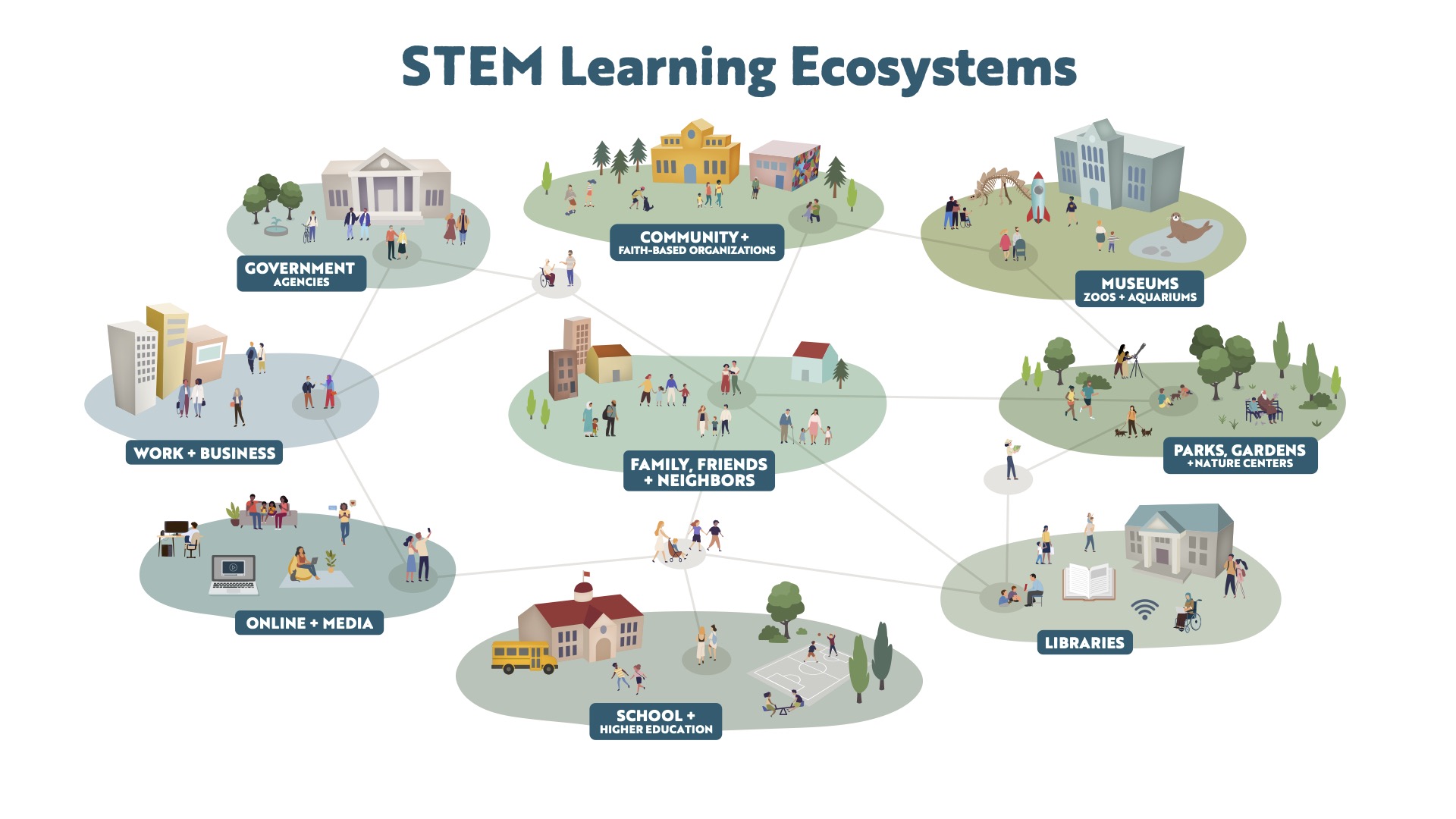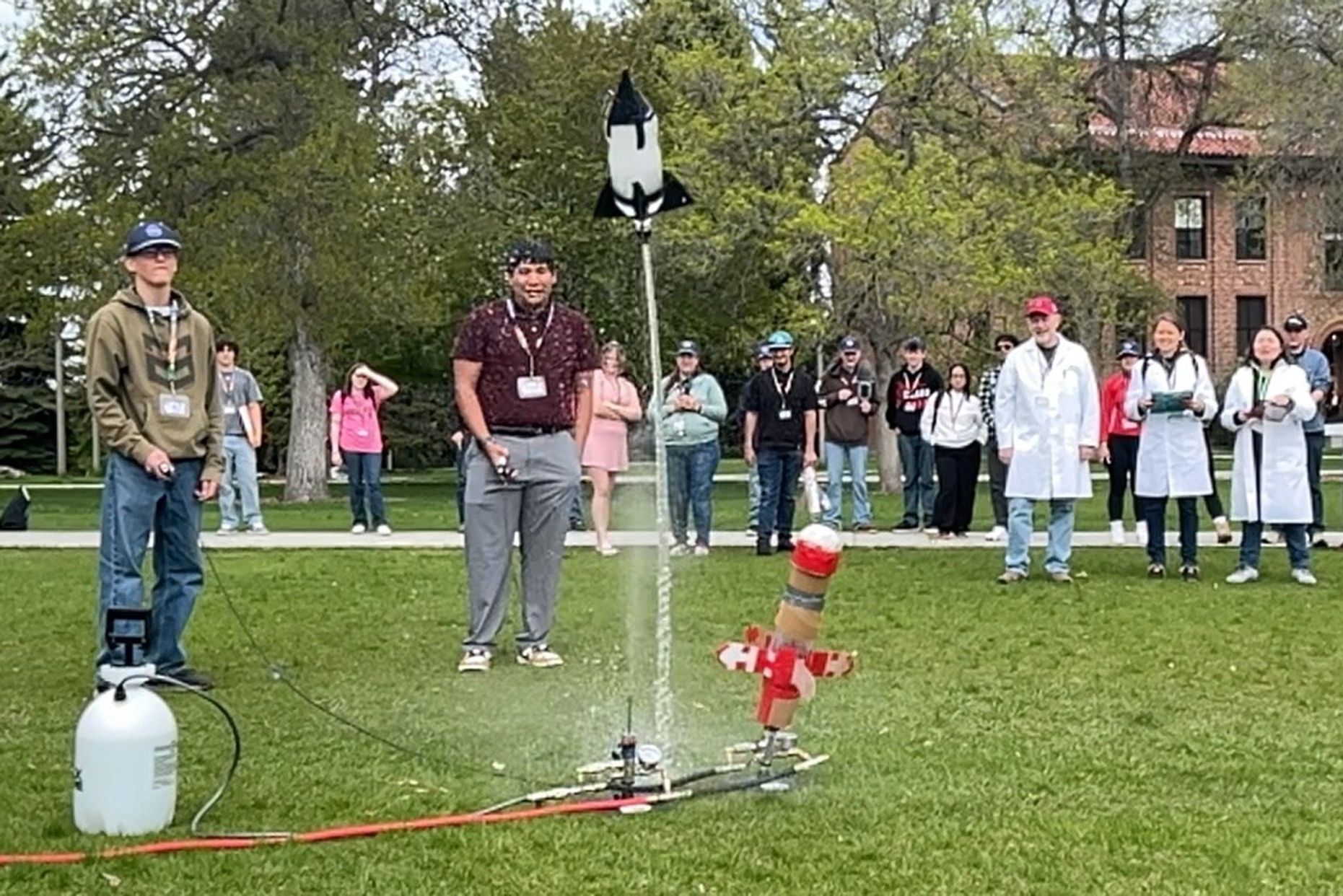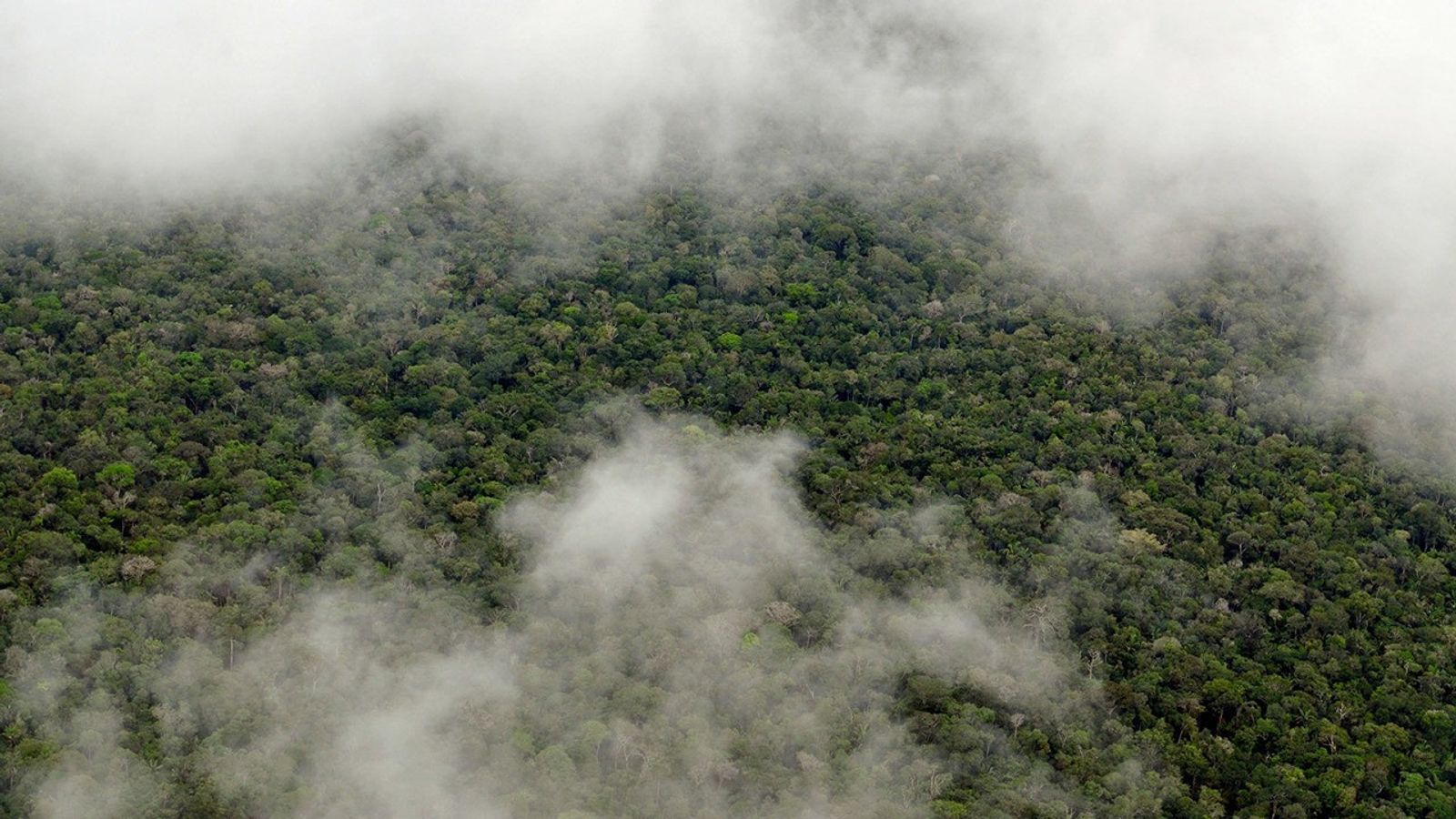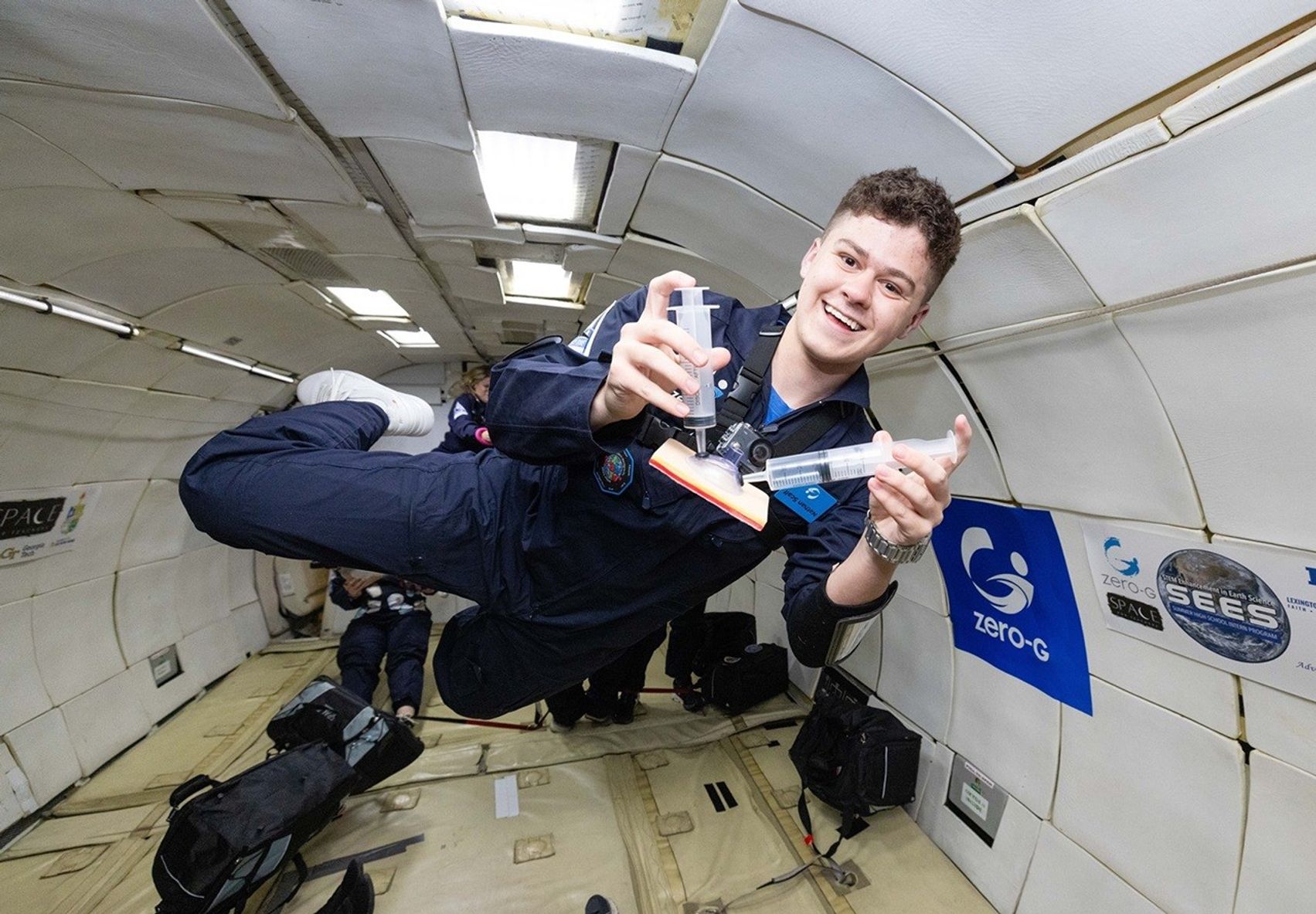STEM learning ecosystems are intentionally designed, community-wide partnerships that enable people to actively participate in Science, Technology, Engineering, and Mathematics (STEM) throughout their lifetimes. These partnerships draw on expertise and resources across a community to create equitable access for learners of all ages.
To learn more about the concept and implementation of STEM learning ecosystems, educators, scientists, and other STEM engagement professionals are invited to view the new video series from the NASA Science Activation (SciAct) Program's STEM Ecosystems project team. The videos review key principles and practices for building reciprocal partnerships, creating authentic STEM learning opportunities, and ultimately broadening participation in NASA Earth and space science.
Led by Arizona State University, the SciAct STEM Ecosystems project is a collaboration of several regional partnerships: Arctic and Earth SIGNs (STEM Integrating GLOBE and NASA), Learning Ecosystems Northeast, Rural Activation and Innovation Network, and the Smoky Mountains STEM Collaborative. It also partners with the National Informal STEM Education Network to create its professional resources.
These five videos share the perspectives and experience of SciAct STEM Ecosystems project partners. The series includes:
- What are STEM learning ecosystems?
- Introduction to STEM learning ecosystems
- Building and supporting strong partnerships
- Using equitable approaches to broaden participation
- Creating authentic STEM learning experiences
Find the videos – and more resources – at https://www.nisenet.org/stem-learning-ecosystems
SciAct STEM Ecosystems is supported by NASA under cooperative agreement award number 80NSSC21M0007 and is part of NASA’s Science Activation Portfolio.




































